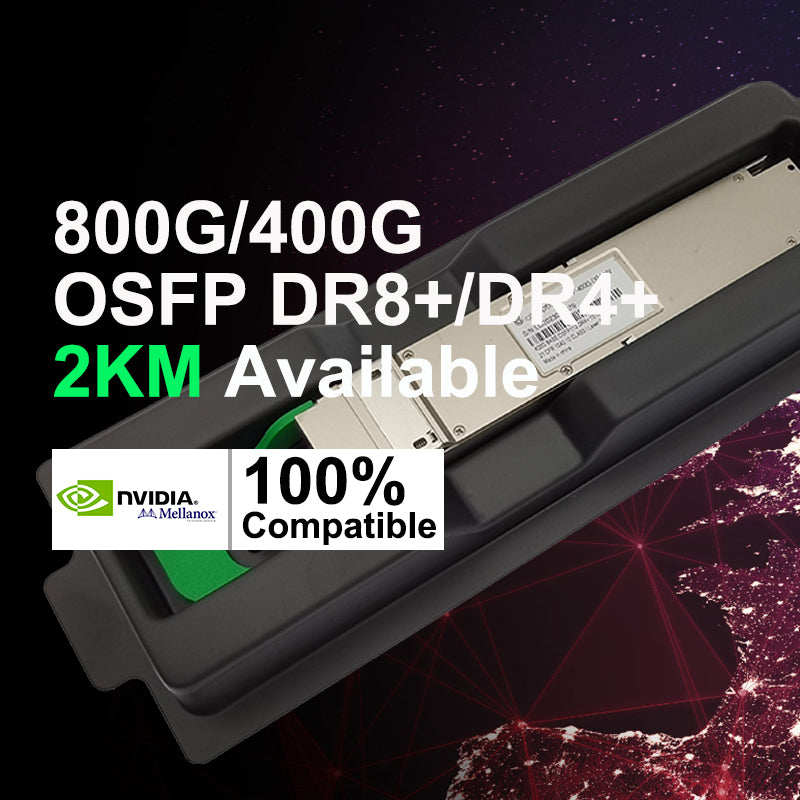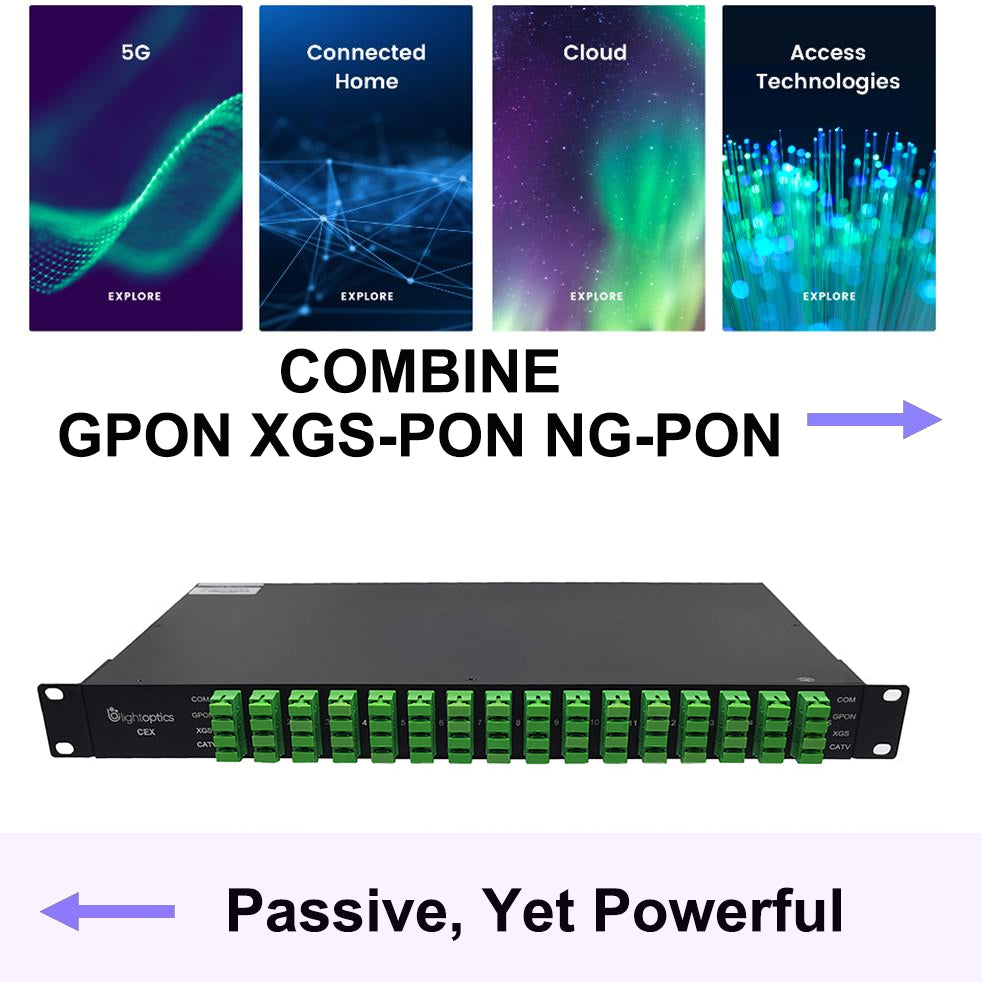What Is The Difference Between 3G SDI vs 6G SDI vs 12G SDI?
What Is The Difference Between 3G SDI vs 6G SDI vs 12G SDI?
The SDI standard has evolved along with the world. More SDI editions have been created to handle ever-increasing resolutions (HD, UHD, 4K, and 8K), larger bitrates, and richer colors.
As application scenarios such as broadcast, live events or so have an increasingly higher standard towards bandwidth, the SDI standard has witnessed contintous evolving, including HD-SDI, 3G-SDI, 6G-SDI, 12G-SDI, but what are they and what are the differences though?
This post is a video explanation of the differences in SDI signals like 3G-SDI, 6G-SDI, 12G-SDI, and Quad Link SDI and talks about what they are used to accomplish.
History Of 3G SDI vs 6G SDI vs 12G SDI Signals
The SMPTE created the SDI professional video standard in 1989. After that, six new SDI standards have been released. Here is a brief timeline of the history of various SDI signals.
- 2006: In 2006, 3 Gbps SDI was released. 3G SDI is an SMPTE 424M standard that uses a 3 Gbps data rate to send and receive video and integrated audio.
- 2015: SDI at 6 Gbps was first announced in 2015. 6G SDI is an SMPTE ST 2081 standard that utilizes a 6 Gbps data rate to send and obtain video and integrated audio.
- 2015: Again in 2015, a 12 Gbps SDI was brought in. 12G SDI is an SMPTE ST 2082 standard that employs a data rate of 12 Gbps to deliver and collect video and integrated audio.
3G SDI vs 6G SDI vs 12G SDI: Definition
3G-SDI
This standard is known as the 3 Gb/s interface, but the actual bit rates are 2.97 Gb / s and 2.97 / 1.001 Gb / s. 3G-SDI supports several different mapping levels, as described in the SMPTE ST425-1 standard. These levels are called A, B-DL, and B-DS. Like the HD-SDI standard, the 3G-SDI supports 3G-SDI CRC generation and checking as well as line number insertion and capture.
6G-SDI
This standard defines a bit-serial data structure, electrical signal and coaxial cable interface for the transport of signals with a total payload of 5.940 Gb/s or 5.940/1.001 Gb/s. This standard also specifies the electrical and physical characteristics of coaxial cables and connectors. This standard defines several mapping modes for the carriage 2160-line and 1080-line image formats and associated ancillary data into a Single-link 6 Gb/s [nominal] SDI bit-serial interface.
12G-SDI
The 12G-SDI is an SDI standard developed to support higher resolution, frame rate, and color fidelity. It provides four times the bandwidth of HD, carrying 12Gbps, making it ideal for the 4K 60p format. This is not new, UG has been developed 6G / 12G since 2012, but has not been approved by the standard governing body SMPTE (Society of Motion Picture and Television Engineers) under the SMPTE ST-2082 draft name.
What Is The Difference Between 3G SDI vs 6G SDI vs 12G SDI?
Take a look at this SDI 3G vs 6G vs 12G comparison to know the fundamental differences between them:
Applications:
3G-SDI System These high-definition video systems are frequently established in problematic locations with a wide range of temperatures, strong vibrations, varying cable run lengths, and electrical disturbance. 3G SDI systems are critical for several applications in ship boards, aerospace, ground vehicles, and surveillance systems.
6G-SDI System The several applications of 6G SDI include supporting 4K digital cinema and ultra-high definition (UHD) television. The webcam suppliers also use 6G SDI systems.
12G-SDI System 12G products are available from a variety of sellers and can be found in converters, film cameras, production switchers, and a rising number of PCIe cards.
Benefits
- 3G-SDI System
In a comparison of 12G SDI vs 3G SDI, 3G can transfer a variety of video broadcast, production, and digital film formats down the same cable.
- 6G-SDI System
Convenient Installation with only a single cord
Gives high-quality signal transmission with excellent quality 4K
- 12G-SDI System
In 3G SDI vs 6G SDI vs 12G SDI, 12G lessens the system complexity in a 4K pattern.
It is adaptable and has the potential to handle input and output (bidirectional SDI interface).
Bitrates
All the digits in the 3G vs 12G SDI, 6G vs 12G vs 3G SDI correspond to video bitrates
- 3G SDI implies that it can transmit nearly 3 gigs of video data a second.
- 6G can deliver about 6 gigs per second.
- 12G can transport approximately 12 gigs per second.
Conclusion
In short, SDI is a wonderful alternative if you require a high-quality video interface for skilled applications. In addition to that, SDI is suited for mission-critical applications since it provides uncompressed video, mistake correction, and less latency.












